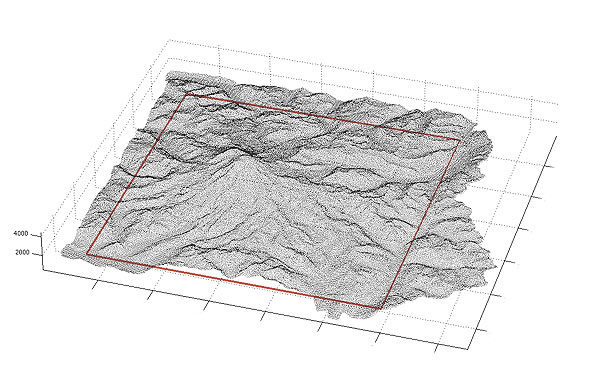

Each field consists of a group of characters delimited by a field delimiter character.

Each block consists of a number of internally consistent fields. I can use h as a delimiter, but I cannot use. The textscan function regards a text file as consisting of blocks. If trailing delimiters should invoke the missing-contents behaviour (your interpretation) then that would imply that the 123 should be accepted by the first time %f is processed, then the abc should be accepted by the first time %q is processed, then the empty field at the end of the line should be accepted and turned into nan by the second time %f is processed, then the 456 should be accepted and turned into character vector by the second time %q is processed, then the def should trigger a format mismatch the third time %f is processed, stopping the scanning and leaving def, in the buffer. I want to use h as a single delimiter to extract the letters after h with textscan function. So in your example when processing 'a,b,' with q it first processes the a as part of the q format, and then eats the delimiter that is there, leaving 'b,' in the. For example if the input were 123,abc,456,def, and the format were %f%q then with the current behaviour that would generate. Well, it tells us that after textscan finishes processing the format, it examines the input stream, consuming Whitespace and up to the first copy of the Delimiter, and then stops. To read additional data from the file after N cycles, call textscan again using the original fileID. example C textscan (fileID,formatSpec,N) reads file data using the formatSpec N times, where N is a positive integer. in 1,1 there is only 'C', despite being a 2x1 Cell. Theme Copy textscan (a,'sfffffs','Delimiter',' ') that is how i tried it.

For example: a,142,5 aa,3,0 abb,5,0 ability,3,0 about,2,0 I want to read the file and put the words in one variable, the first numbers in another, and the second numbers in another but I am having trouble with textscan. The string is: a 'C +01.314 +027.11 +01.225 +01.578 +01.579 Air' directly visible is that 'Air' has 4 spaces, every other value just one and a sign. n = num1(ii) or n = num2(ii) ).Yes, textscan could have been designed to set an internal flag indicating that a delimiter had been seen before the current position, but I am not sure that would meet with expectations. The textscan function reapplies formatSpec throughout the entire file and stops when it cannot match formatSpec to the data. txt file with rows consisting of three elements, a word and two numbers, separated by commas. You'd access the values in the other two variables using the normal indexing notation (i.e. Now if you want to split up the columns into separate variables, just access the right cells: names = C where ii is the name you want to access. Take note that the formatting string has no spaces because the delimiter flag will take care of that work. You'd then close the file after you're done using fclose.Īs such, you just do this: File = Ĭ = textscan(f, '%s%f%f', 'Delimiter', ',') This is done by using the Delimiter option in textscan and you specify the, character as the delimiter character. You also need to specify the delimiter to be the, character because that's what is being used to separate between columns. Also, you really only need one output variable because each "column" will be placed as a separate column in a cell array once you use textscan. You first need to open up the file with fopen which provides a file ID / pointer to the actual file.


 0 kommentar(er)
0 kommentar(er)
